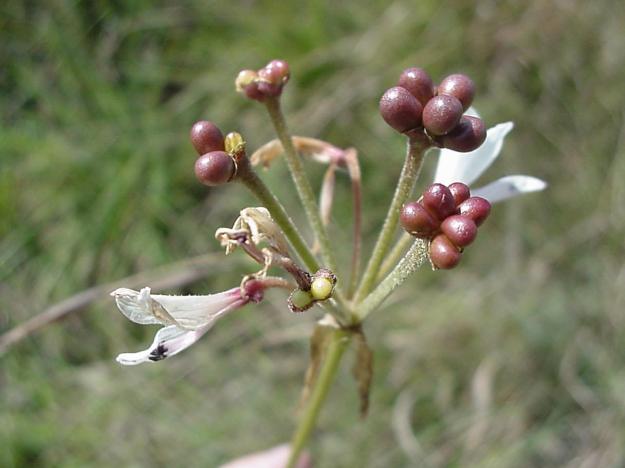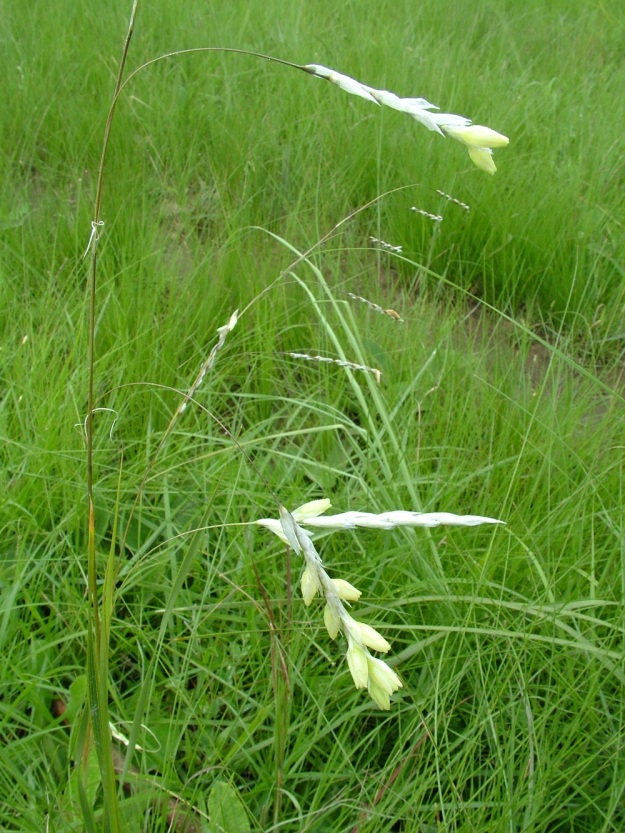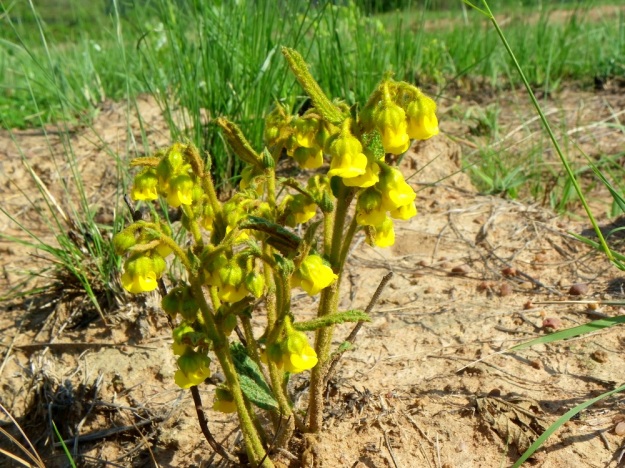David Clulow: 02.10.37 to 28.10.2015
By Crystelle Wilson of Gramarye
“Where did you see that? What day was that, and what time? How many were there . . .?”
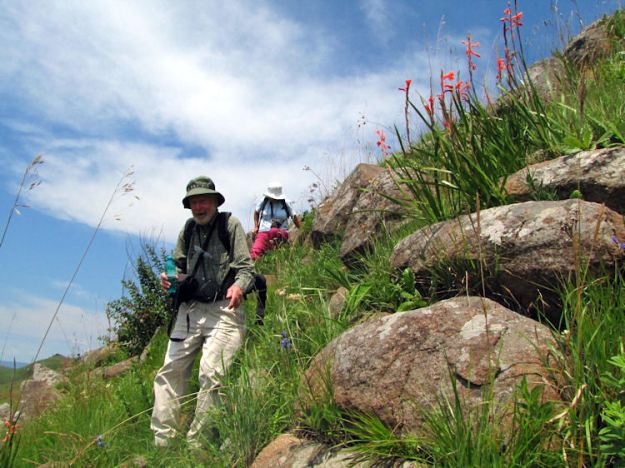
David clambering in the rocks on Sitamani
Over the years Boston residents have learned that it was not good enough simply to mention an interesting sighting in passing to David, especially when it came to all three crane species and Southern Ground-Hornbills.
During the 20 years or so that the Clulows lived in Boston they took an active part in community life and David was a leader in the Conservancy since its inception.
There has been a pair of Grey Crowned Cranes nesting in the pan adjacent to the Elands River on The Willows for many years. He began monitoring their breeding, which he recorded for the African Crane Conservation Programme of the Endangered Wildlife Trust (EWT), as well as other crane sightings in the district. In 2011, his efforts were acknowledged when he was made a crane custodian.
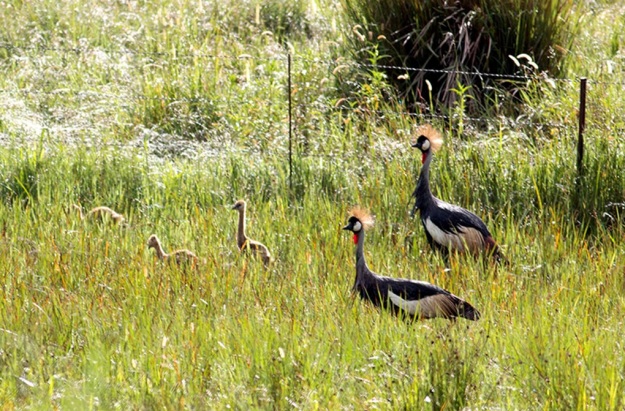
2015 Grey Crowned Crane family hatched on The Willows
In February 2012 David called to say their neighbour on the other side wanted him to come and look at a strange bird on her lawn. When we got there, we found a day-old crane chick, which had somehow made its way from the nesting site through thick vegetation into the garden. David took the chick home overnight, feeding it ProNutro (chocolate flavour!). Tanya Smith of the EWT collected the bird the next morning and “Bossy-Boston” is now living at the Hlatikulu Crane Centre.
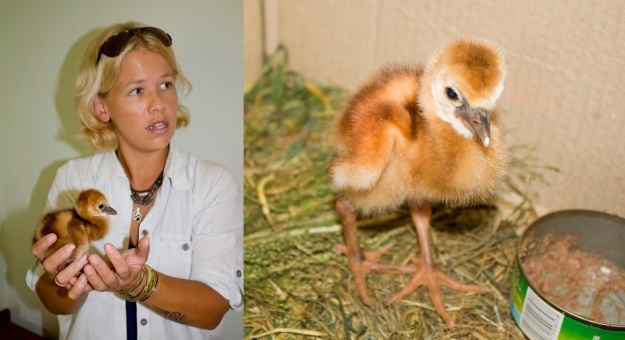
Tanya Smith and Bossy
It was David’s idea to extend the listing of sightings on a monthly basis to all fauna and flora– an idea that was later adopted by the Midlands Conservancies Forum. When the Boston Conservancy ceased to operate on a formal basis in about 2008, David began compiling a list of sightings which he distributed to the locals. He would keep an ear out at gatherings at the Country Club or elsewhere for any interesting snippets. We firmly believe that David’s gentle badgering of people for their observations had led to an increased interest in the environment and a greater awareness of the need for the conservation of special areas.
Twané Clarke of the Karkloof Conservancy said: “David was an inspiration to all who had the delight in meeting him. His Boston Sightings newsletter was a monthly highlight to our inbox, and his dedication certainly paid off by encouraging other Conservancies to start taking inventory of what they were seeing too. These monthly sighting contributions are now being enjoyed by thousands of people in over 136 different countries worldwide. He was a team player and embraced the concept of Conservancies working together and motivating each other. We will miss him and his cheerful encouragement, but his legacy will live on.”

CREW: Barbara, Christeen and David in Impendle
After retiring for the second time (first as a professor of accountancy, and then from dairy farming) he and Barbara spent more time pursuing their interest in wildflowers, and many happy hours were spent in the veld looking at plants and recording them for the South African National Biodiversity Institute (SANBI) and Custodians of Rare and Endangered Wildflowers (CREW).
Isabel Johnson of the Botanical Society of S.A. said: “He was a special person. I will always remember how much fun we had looking for special plants at Edgeware, Impendle, Mount Ashley and so many other places. His great patience and good humour when I dragged him off on immensely boring grassland surveys. He was a fantastic ecological spy and gave us many helpful early warnings of what was happening in the Boston community and district. His monthly species reports have been an inspiration to a number of conservancies. David’s contributions to conservation were of huge value and will always be valued. I will miss him.”

David and Barbara on Mt Edgeware in Boston
He began accompanying me on outings to do atlasing for the Southern African Bird Atlas Project (SABAP2) and soon became hooked on birding. The Clulows and I had several adventures while exploring the areas between Boston and Bulwer, one involving a flat tyre which might be better not to repeat here. There are still a few pentads with a lack of data that we were planning to tackle soon. I don’t relish the prospect of doing it on my own. We also took part in the annual Cape Parrot count in the Boston area for the University of KZN. Sadly, on the last two counts we did, there were no parrots to report.
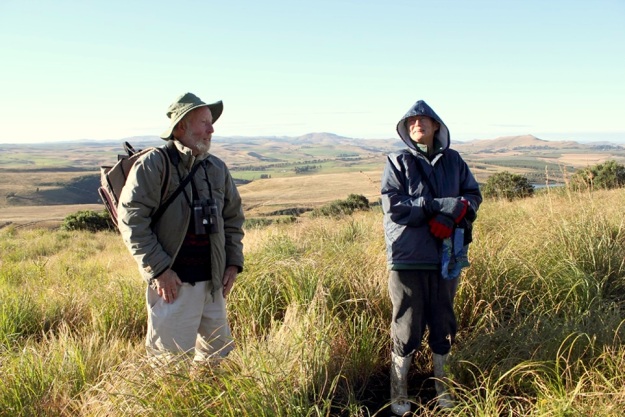
Cape Parrot count iNhlosane Ridge 2013
On a personal level I treasure the friendship between the Clulow and Wilson families over many years as neighbours. We received support and encouragement in many ways. I admired David’s enthusiasm for life, strong belief in justice and sharp sense of humour. He will be sorely missed.
Notice:
David Arthur Clulow, 2.10.37 to 28.10.2015. Husband of Barbara, father of Alistair and Megan, Suzie and Jared, much loved gramps of Noah, Fynn, Hannah and Nathan, brother of Jean and Sheila, passed away peacefully.
Memorial service at Gramarye, Farm 309 on the Everglades Rd, Boston, at 14h00 on Thursday 5 November. Open house at Clulow home in Amber Ridge on 11 November, 10h30 – 16h00.
In lieu of flowers suggest donations to the Endangered Wildlife Trust.







